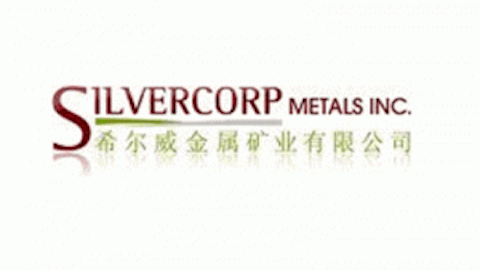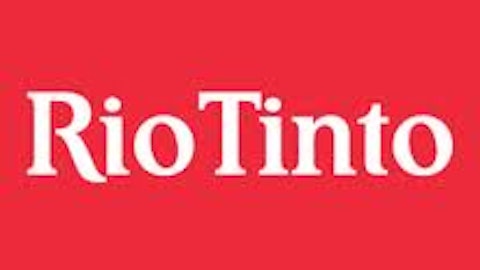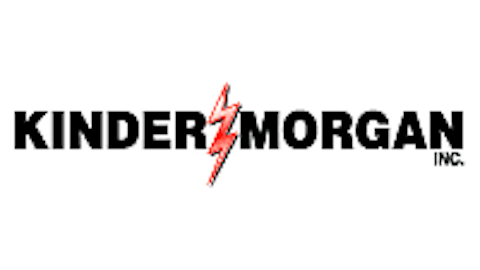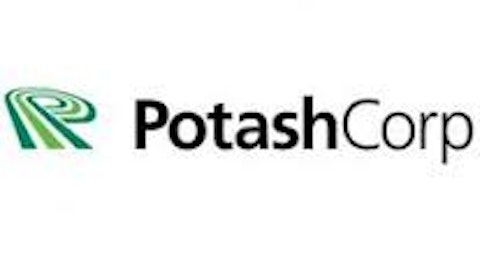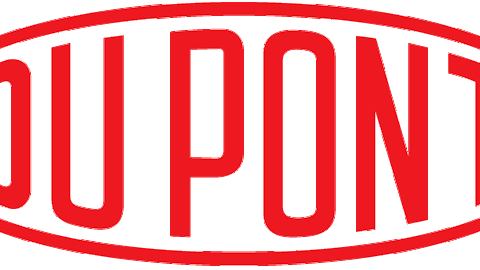Phosphate rock supply, a key input to phosphate fertilizers, is fairly concentrated, with Morocco controlling approximately 33% of worldwide export capacity. The country’s acted much like OPEC in oil markets, but for phosphate rock, limiting supply to prop prices and keep investment returns healthy. A funny coincidence: Over the past decade, rock prices increased almost five-fold. Because approximately 30% of phosphate fertilizer producers buy rock from third parties, the consequence was somewhat predictable—higher phosphate fertilizer prices. For those producers that own rock mines, it’s secured a huge cost advantage, and a durable source of above-market returns on capital. As the owner of rock mines, Potash Corp./Saskatchewan (USA) (NYSE:POT) sits among the privileged.
Nitrogen markets are less attractive. Producers only need a manufacturing facility, and access to natural gas, which comprises 70-85% of cash costs. In this regard, U.S. producers are advantaged, possessing access to low-cost natural gas stores. Potash, which produces urea and ammonia in the U.S. and Trinidad, has a relative cost advantage to international players. That being said, it’s not all cherries—capacity is highly fragmented, and producers haven’t historically been a disciplined lot. Oversupply can, and has, rear its ugly head.
The Lay of the Land Changes
Until recently, the potash industry functioned as a tidy, formalized oligopoly. The five largest producers, effectively speaking, colluded. They sold potash supply into international markets via two consortiums—Canpotex, comprised of the three major North American players (Potash, Mosaic Co (NYSE:MOS), and Agrium Inc. (USA) (NYSE:AGU), and Belarusian Potash Company (BPC), formerly consisting of the two largest Eastern European players. They worked to limit market supply, prop prices, and ensure the group collectively earned solid returns on capital.
But the European cartel is now kaput. Or maybe it is. Uralkali, the bigger part of BPC, announced plans to leave BPC a month ago, and pursue a volume-focused strategy intended to push prices lower. Where recent contracts settled around $400/ton, Uralkali’s reportedly targeting $300/ton for future deliveries.
Playing a stronger hand
The market’s predictably shaken. But the reality, I believe, is much more nuanced: It stands to reason that the cartel still exists, but informally. The so-called potash cartels’ coherence pivoted around a delicate game theory framework. The incumbent, large producers played nice, because it served each other’s best interest. The two cartels cemented things. But the prospective BHP Billiton Limited (ADR) (NYSE:BHP) mine—BHP’s management’s wants to sell outside of the North American marketing consortium—threatened this equilibrium. Uralkali called BHP Billiton Limited (ADR) (NYSE:BHP) out. By exiting BPC, and at least temporarily pushing prices lower, Uralkali discourages BHP’s investment plans—an elaborate poker match.
